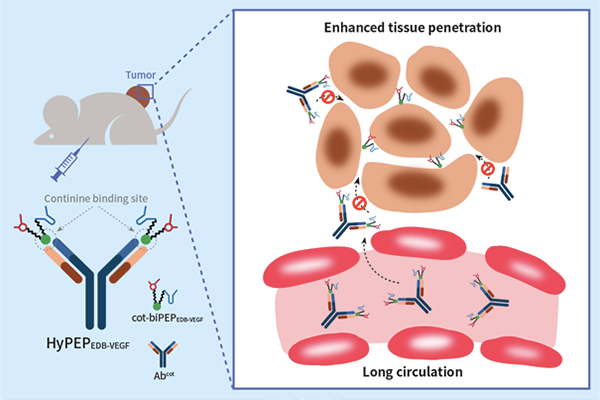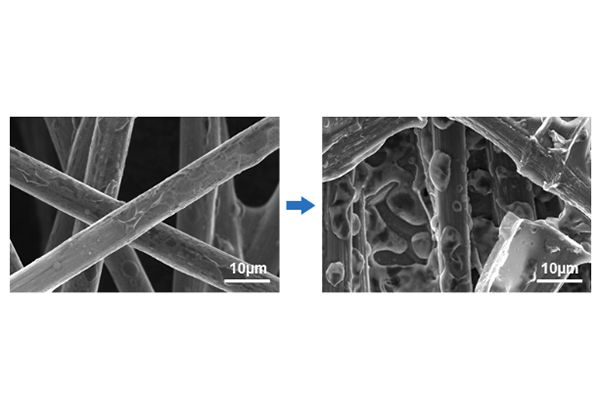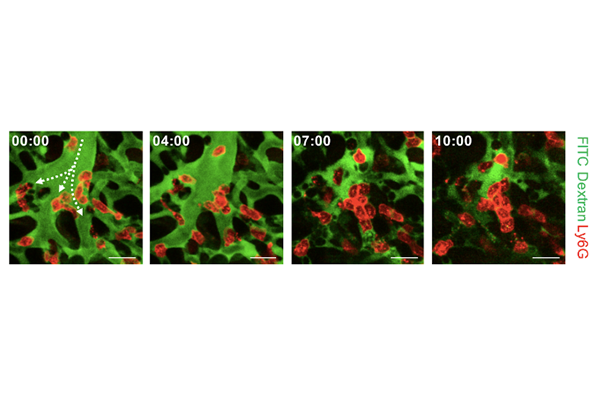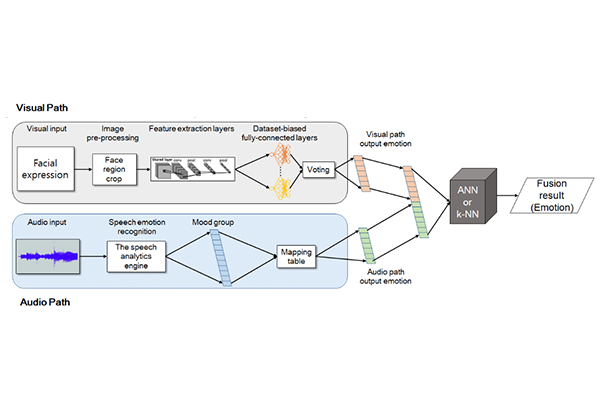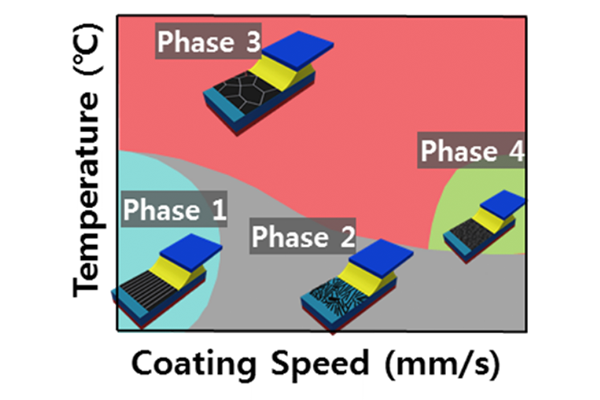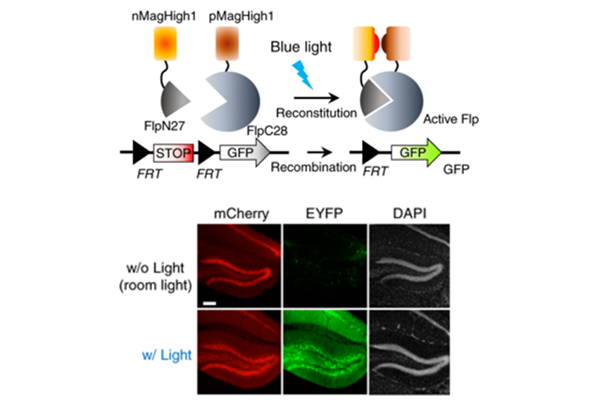-
Research Highlight
Design of Metal Nanocatalysts for High-Performance Hydrogen Fuel Cells
New analytical platform enables evaluation of true electrocatalytic value of metal nanoparticles....read more
-
Research Highlight
A Peptide-Antibody Hybrid Platform for Targeted Cancer Therapy
Synergy in hybrid-A new hybrid platform is developed based on a hapten-labeled bispecific peptide and an anti-hapten antibody to overcome the short plasma half-life of most peptide therapeutics....read more
-
Research Highlight
New Lithium Sulfur Battery with Theoretical Capacity over 90%
Professor Hee-Tak Kim, as a project of KI for the NanoCentury, has developed a lithium sulfur battery that realizes 92% of the theoretical capacity and an areal capacity of 4mAh/cm2 simply by exploiting high donor number salt anion....read more
-
Research Highlight
Solution Phase Phosphorus Substitution for Enhancement of Oxygen Evolution Reaction in Cu2WS4
P substitution in Cu2WS4 was found to induce numerous basal plane defects, which increase the active sites for -OH adsorption/desorption and improve efficiency of the oxygen evolution reaction. ...read more
-
Research Highlight
Uncovering the Dead Space of Pulmonary Microcirculation in Sepsis
An innovative bio-imaging technique enables real-time in vivo visualization of pulmonary microcirculation, leading to the discovery of active cluster formation of neutrophils inside the microvasculature during the pathogenesis of acute lung injury in sepsis...read more
-
Research Highlight
Design for Building User-Agent Partnership in AI Assistant’s Learning and Adaptive Services
ID KAIST Researchers investigated how to design an intelligent assistant that can co-evolve with its user to be able to provide meaningful and effective personalized services....read more
-
Research Highlight
Decision-Level Fusion Method for Emotion Recognition using Multimodal Emotion Recognition Information
We confirmed which combination of features of multi-modal emotion recognition achieves the highest accuracy....read more
-
Research Highlight
Morphology Analysis of Solution-Sheared Halide Perovskite Film
A technique known as solution-shearing has been utilized to generate a thin film of perovskite CH3NH3PbI3 over a large area in a facile and cost-effective manner...read more
-
Research Highlight
Noninvasive Optical Activation of Flp Recombinase in Deep Mouse Brain Regions
Spatiotemporal control of gene expression or labeling is a valuable strategy for identifying functions of genes within complex neural circuits. Here, we develop a highly light-sensitive and efficient photoactivatable Flp recombinase (PA-Flp) that is suitable for genetic manipulation in vivo. The highly light-sensitive property of PA-Flp is ideal for activation in deep mouse brain regions by illumination with a noninvasive light-emitting diode. In addition, PA-Flp can be extended to the Cre-lox system through a viral vector as an Flp-dependent Cre expression platform, thereby activating both Flp and Cre....read more
-
Research Highlight
Next Generation Wireless Communication Technology
Along with 5G mobile communication commercialization, B5G (Beyond 5G) and 6G mobile communication technologies are under study. As part of B5G technology, we are developing a full digital beamforming system to maximize the spatial gain through beamforming in the millimeter band. The spatial multi-mode technology in the sub-THz band is being developed for 6G mobile communication....read more

291 Daehak-ro Yuseong-gu Daejeon, 34141, Republic of Korea
Partnered with KAIST Breakthroughs and KAIST Compass

